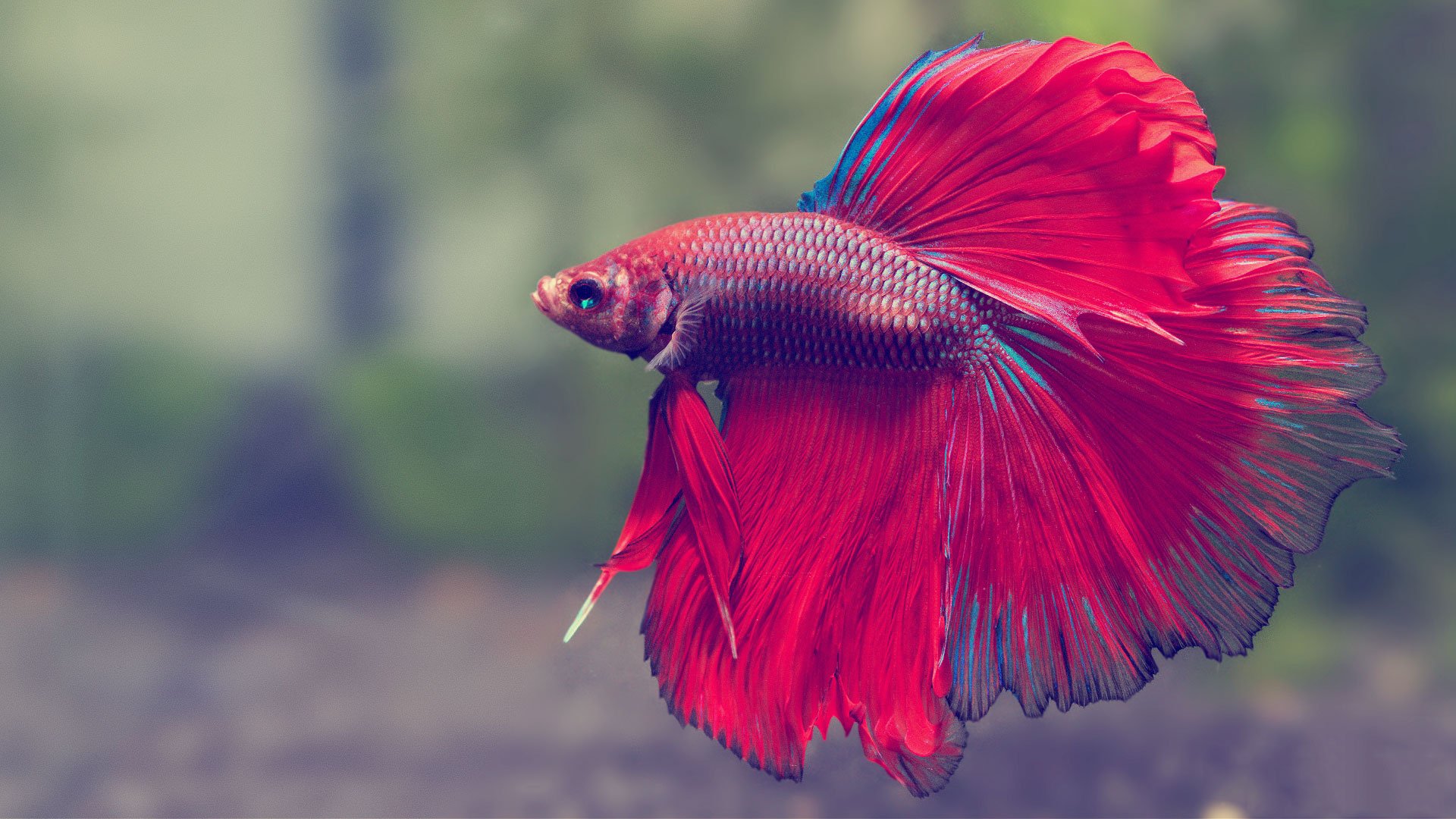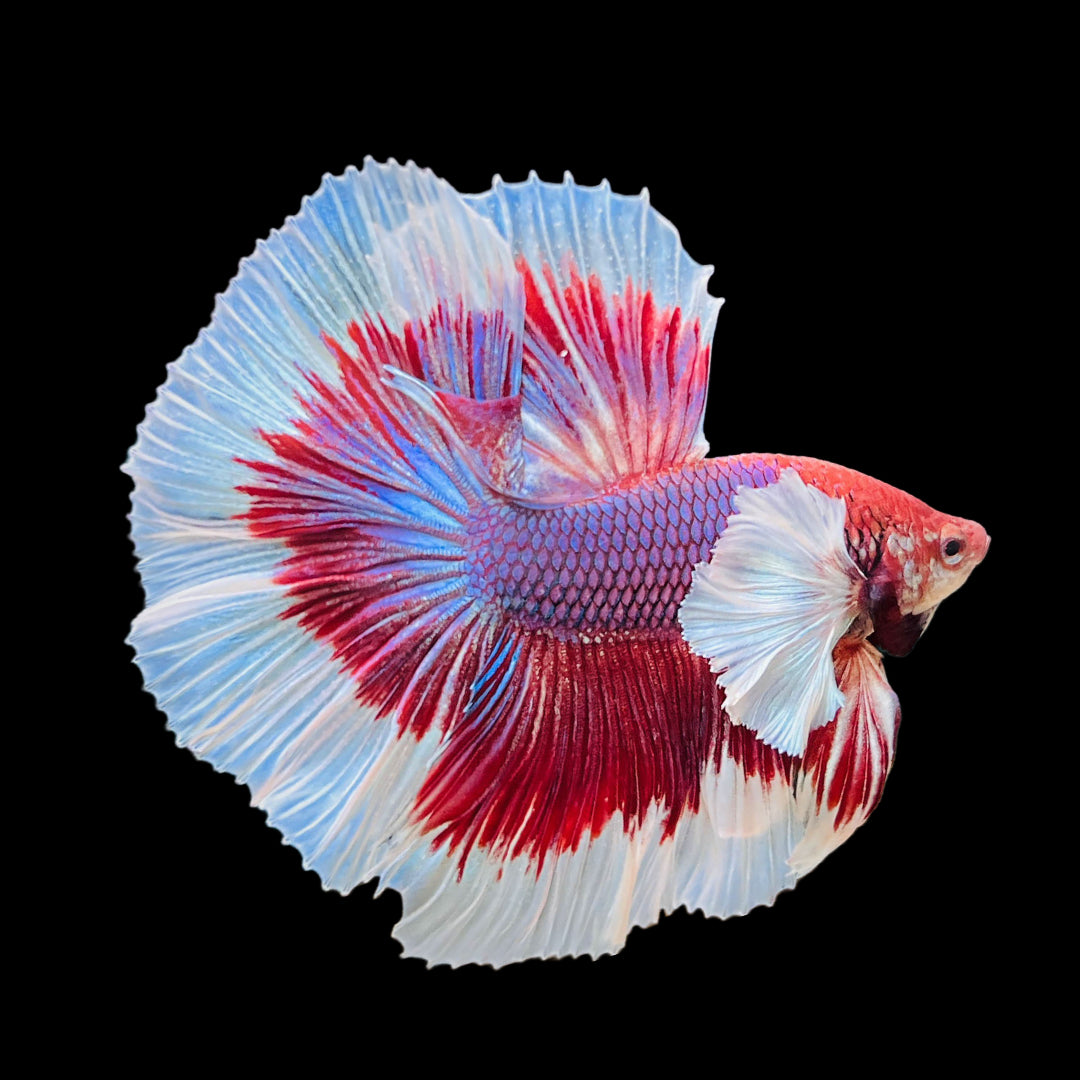Common Betta Fish Diseases and How to Prevent Them
Breeding Betta Fish: a Comprehensive Step-By-Step Overview to Successfully Raising Child Bettas From Eggs to Adulthood
Reproducing Betta fish is a thorough endeavor that calls for careful preparation and implementation to guarantee the effective development of fry from eggs to develop fish. Picking genetically diverse breeding sets with preferable qualities is just the start; creating an ideal setting and understanding the ins and outs of the reproducing process are similarly critical. As the male Betta diligently constructs a bubble nest and guards the valuable eggs, the succeeding phases of treatment and transition demand interest to information and expertise of best practices. Exactly how does one browse the tough yet rewarding path of nurturing these lively animals to the adult years?

Selecting Reproduction Pairs
When starting the journey of breeding Betta fish, picking the ideal breeding sets is critical to accomplishing desirable attributes and a healthy and balanced lineage - betta fish. The primary step in this process is to recognize the certain characteristics you wish to boost or maintain, such as color, fin kind, and physique. It is necessary to choose genetically varied pairs to stay clear of inbreeding, which can cause wellness problems and undesirable qualities
Assess prospective reproducing candidates carefully. A healthy and balanced male Betta must exhibit lively colors, an energetic behavior, and well-formed fins, while the lady ought to additionally display lively coloration and a rounded stomach, indicating readiness for spawning. Observing the personality of both fish is essential, as hostile or extremely shy people might not breed effectively.
Maintaining documents of the parent fish's ancestry can help you track genetic qualities and possible concerns. Inevitably, investing time in the selection process will considerably improve the chance of generating strong, vibrant offspring that meet your breeding goals.

Preparing the Breeding Tank
Developing an ideal breeding setting is a crucial step after selecting ideal pairs for Betta fish. The breeding container must be specifically designed to supply comfort and boost the all-natural breeding behaviors of the fish. Beginning with a container dimension of a minimum of 10 gallons to guarantee ample area for both the male and women Bettas.
Preserve a gentle filtering system to keep the water tidy while avoiding solid currents that can stress the fish. Furthermore, an air stone can be included to supply oxygenation without disrupting the water surface area excessive.
Temperature level law is crucial; go for a secure series of 78-82 ° F(25-28 ° C) using a trustworthy heating unit. The pH level must be maintained between 6.5 and 7.5, and normal water changes are needed to ensure high water high quality.
Include floating plants or generating sponges to develop concealing spots for the woman, while additionally urging bubble nest building by the male - betta fish. Ultimately, make certain the tank is complimentary from sharp decors and any prospective dangers, as the well-being of the fish need to constantly be prioritized during this vital stage of reproduction.
The Breeding Process
Usually, the reproducing procedure for Betta fish involves a series of unique and observable behaviors that indicate preparedness for reproduction. The male Betta begins by developing site link a bubble nest at the water's surface, which works as a website for the fed eggs. This nest is essential, as it offers a safe environment for the eggs until they hatch out.
As soon look at these guys as the nest is developed, the man will display courtship behaviors, such as flaring his fins and exhibiting vivid shades to draw in the woman. The woman, upon sensing the man's preparedness, will certainly respond by displaying vertical red stripes along her body, indicating her receptiveness.
The fertilized eggs after that drop to the bubble nest, where the male thoroughly gathers and returns them to the nest. Following this, the male thinks duty for safeguarding the nest and making sure the safety of the eggs till they hatch, commonly within 24-36 hours.
Caring for Betta Fry
Caring for Betta fry needs mindful attention to their atmosphere and nourishment to guarantee healthy and balanced growth and growth. After hatching, Betta fry are very little and vulnerable, requiring a secure and clean environment. Keeping a water temperature in between 78 ° F and 80 ° F is crucial, as Betta fry prosper in cozy conditions. Furthermore, make certain that the water is totally free of dangerous toxins; routine water adjustments of 10-20% are advised to maintain ideal learn this here now water top quality.
Feeding Betta fry is equally important. Feed them small amounts several times a day, being mindful not to overfeed, which can lead to water top quality concerns.
Transitioning to Grownup Bettas
As Betta fry fully grown, transitioning them to adult Bettas is an essential stage that needs cautious administration of their environment and social interactions. This procedure commonly starts when the fry reach around six weeks old, whereupon they can be slowly introduced to a more organized living setting.
To facilitate this change, it is important to ensure that the water criteria-- such as temperature, pH, and ammonia levels-- are ideal and secure. Grown-up Betta fish thrive in cozy water (around 78-80 ° F) with a pH of 6.5 to 7.5. Gradually accommodate the fry to these problems to reduce stress.
Social communications are another essential variable; male Bettas are notoriously territorial and aggressive. It is recommended to different men into specific tanks as they develop. Women Bettas can be housed together, however treatment should be taken to check for signs of hostility.
In addition, dietary modifications must be made as the fry expand. Incorporate top notch pellets and live foods to sustain their growth and health and wellness. By taking care of these variables efficiently, you can promote an effective change to adulthood for your Betta fish.

Conclusion
Successful breeding of Betta fish calls for mindful interest to detail throughout the entire process, from selecting genetically varied sets to supplying ideal look after fry. By making sure appropriate breeding conditions and keeping water top quality, the probability of healthy and balanced children enhances substantially. Furthermore, a balanced diet and gradual adjustment to grown-up environments are essential for the development and advancement of Betta fish. Following these steps faithfully cultivates a prospering population of Betta fish, enhancing both their wellness and vitality.